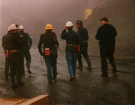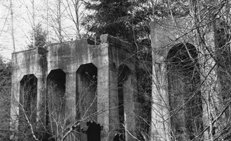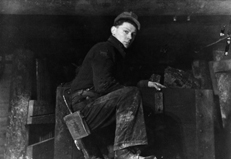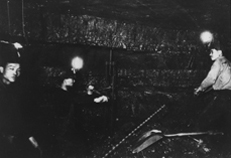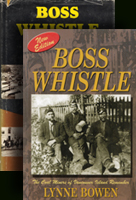 |
Boss WhistleThe Coal Miners of Vancouver Island Remember (1982) |
“The boss gave the orders; the boss owned the mine; the boss hired lesser bosses who in turn watched the men. There were fire bosses, pit bosses, shift bosses, boss bosses. There were some good bosses and a lot of bad bosses. The most tyrannical of all bosses was the boss whistle. It told a miner when to come to work and when he could go home. Its strident voice could be heard when a doctor was needed to help an injured man and it roared continuously when an explosion took the lives of many. The boss whistle was silent when the Big Strike closed the mines, it bided its time and then sounded again defiantly as it called scabs to work in place of union men. When the coal markets began to die, the boss whistle assumed even greater powers. Families listened each day for its voice, their livelihood depending on its message. One whistle—work tomorrow. Two whistles—another day without work. And when a retired miner stopped on the street to check his watch with the twelve noon whistle from the mine he was acknowledging the lifelong influence of the Boss Whistle.” |
|
Ruins of the Number Eight, the Million Dollar Mystery Mine, Cumberland, B.C. |
Extension mine Sunday shift poses with the fireboss who carries the safety lamp. |
|---|
|
Eighteen-year-old George High, rope rider in Number Five mine, Cumberland, B.C. |
Japanese miners wearing fish oil lamps on their hats work a seam in a mine in Cumberland, B.C. |
|---|
Boss Whistle can be found at:
Nanaimo Museum
Bookstores
Major libraries or through inter-library loan.
A second-hand copy can be purchased through AbeBooks.
